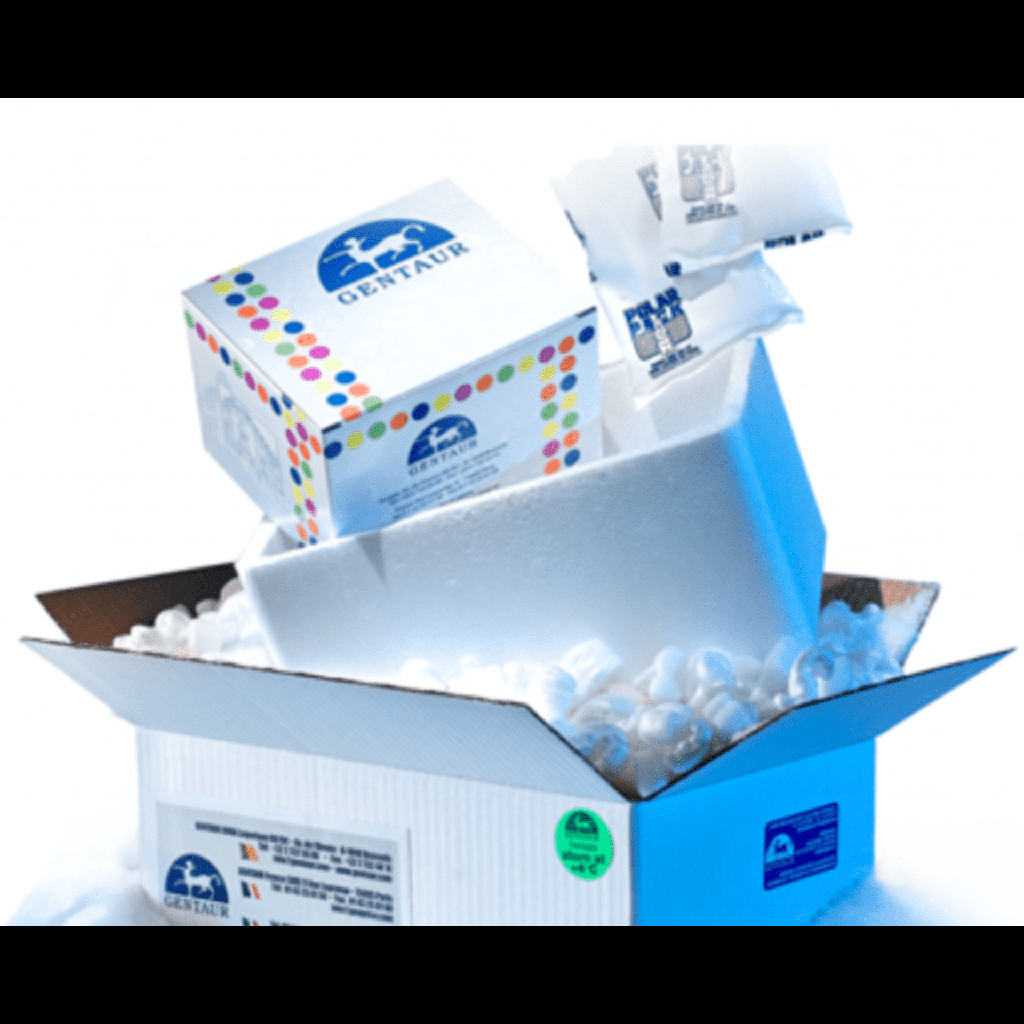Biotin Magnetic Particles, 0.5%w/v, 14.0size:17.9µm, 10mL
Introduction
Biotin magnetic particles are highly specialized reagents used for various bioanalytical and diagnostic applications. These particles consist of magnetic core materials coated with biotin molecules, which are capable of interacting with avidin or streptavidin proteins in highly specific binding reactions. The concentration of biotin on the particles allows for strong and reliable affinity binding, ensuring high sensitivity and specificity for targeted biomolecules.
Product Composition
- Magnetic Core: The base of the particles is composed of magnetically responsive material, typically iron oxide (Fe₃O₄), providing the particles with the necessary magnetic properties. This enables the particles to be manipulated using magnetic fields for separation, purification, or enrichment purposes.
- Biotin Coating: The particles are coated with biotin molecules at a concentration of 0.5% weight/volume (w/v). Biotin’s role is to facilitate specific binding to biotin-binding proteins such as avidin or streptavidin, commonly used in various applications like immunoassays or cell capture techniques.
- Particle Size: The particle diameter is 17.9 µm, which is a typical size for applications requiring higher surface area for binding but still small enough to allow for ease of separation under standard magnetic field gradients.
- Volume: The total volume of the product is 10 mL, providing an adequate quantity for a range of applications.
Applications
- Immunoprecipitation and Immunoassays: Biotin magnetic particles are widely used for the capture of biotinylated molecules, such as antibodies or antigens. These assays rely on the specific binding between biotin and streptavidin/avidin, which makes them suitable for both qualitative and quantitative studies.
- Cell Capture and Isolation: The biotin-coated magnetic particles can be used to isolate specific cell types by conjugating biotinylated antibodies to cell surface markers. Magnetic separation enables the isolation of specific cells from heterogeneous populations.
- Enrichment of Nucleic Acids: Biotinylated oligonucleotides can be used for target capture, enriching nucleic acid samples for downstream applications like PCR, sequencing, or microarray analysis.
- Protein Purification: These magnetic particles are also used for protein isolation by capturing biotinylated proteins. The specificity of the biotin-avidin binding allows for a high degree of purity and selectivity during protein extraction and purification protocols.
Properties
- Magnetic Responsiveness: The iron oxide core imparts magnetic properties to the particles, allowing them to be easily manipulated in magnetic fields for separation or enrichment.
- Biotin Binding Capacity: The 0.5% w/v biotin coating allows for sufficient binding capacity to facilitate high-efficiency capture of target molecules, ensuring minimal loss of analytes during processes such as immunoassays or cell isolations.
- Size and Surface Area: At 17.9 µm, the particles strike a balance between providing a large enough surface area for efficient biotin-protein interactions and being small enough to allow rapid magnetic separation.
Handling and Storage
- Storage Conditions: The product should be stored at 2-8°C to maintain the integrity of the biotin coating and prevent any degradation of the magnetic properties.
- Avoid Contamination: Ensure that the particles are not exposed to harsh chemicals or extreme conditions that could potentially affect their binding capacity or magnetic properties.
Conclusion
Biotin magnetic particles with a concentration of 0.5% w/v biotin, a size of 17.9 µm, and a volume of 10 mL provide a versatile tool for a range of molecular and cellular research applications. Their high biotin coating concentration allows for efficient and specific binding to avidin or streptavidin, making them essential for applications like immunoprecipitation, cell capture, and protein or nucleic acid purification. These particles offer reliable and reproducible results in both diagnostic and research-based assays, with robust handling and storage requirements ensuring their longevity and stability.

